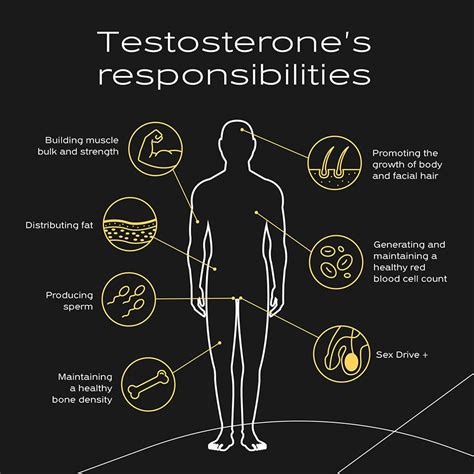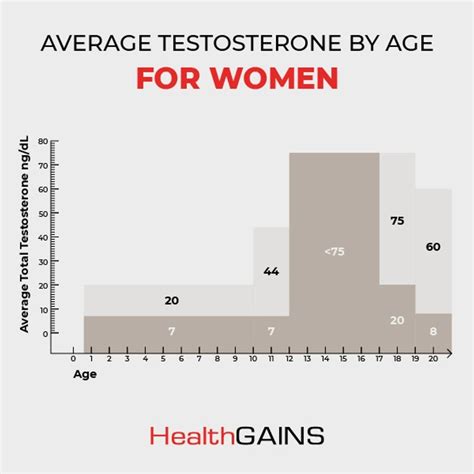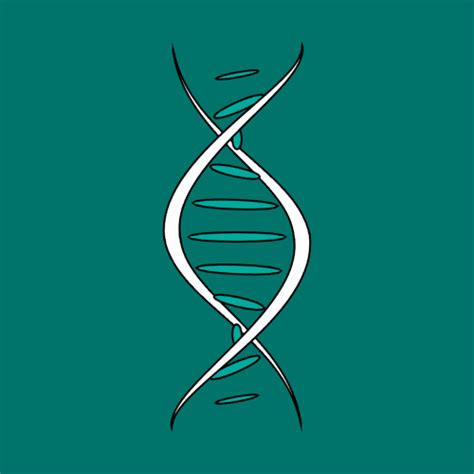Testosterone, the primary male sex hormone, plays a pivotal role in a man’s overall health and well-being. Produced primarily in the testes, it influences everything from muscle mass and bone density to sex drive, mood, and red blood cell production. Understanding the average daily production rate is fundamental for recognizing what constitutes healthy hormonal balance and when imbalances might be present.
The Average Daily Testosterone Production Rate
For a healthy adult man, the testes typically produce testosterone at an average rate ranging from approximately 4 to 10 milligrams (mg) per day. This figure represents the total daily synthesis, though the circulating levels in the bloodstream (measured as total or free testosterone) fluctuate throughout the day, peaking in the morning and gradually declining by evening. While this range provides a general benchmark, individual production rates can vary based on numerous physiological and external factors.
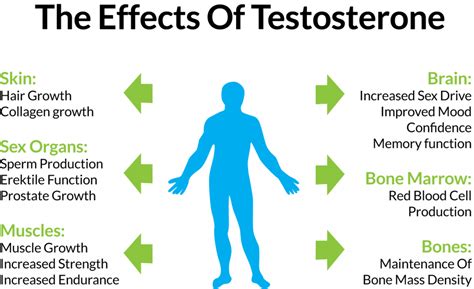
Factors Influencing Testosterone Production
Several elements can impact a man’s daily testosterone output, leading to variations within or even outside the healthy range:
- Age: Testosterone production naturally peaks in a man’s late teens and early twenties. After about age 30, levels typically begin a gradual decline of approximately 1% to 2% per year. This age-related decrease is sometimes referred to as andropause or male menopause.
- Lifestyle:
- Diet: Nutritional deficiencies, particularly of zinc and vitamin D, can impair production. A balanced diet rich in healthy fats, protein, and micronutrients supports optimal hormone synthesis.
- Exercise: Regular physical activity, especially strength training and high-intensity interval training (HIIT), has been shown to boost testosterone levels. Chronic overtraining, however, can have the opposite effect.
- Sleep: Adequate, high-quality sleep (7-9 hours per night) is crucial. Sleep deprivation significantly reduces testosterone production.
- Stress: Chronic psychological and physiological stress elevates cortisol levels, which can suppress testosterone synthesis.
- Medical Conditions: Conditions such as obesity, type 2 diabetes, chronic kidney disease, HIV/AIDS, pituitary disorders, and testicular injury or disease can all negatively affect testosterone production. Medications, including opioids and some steroids, can also interfere.
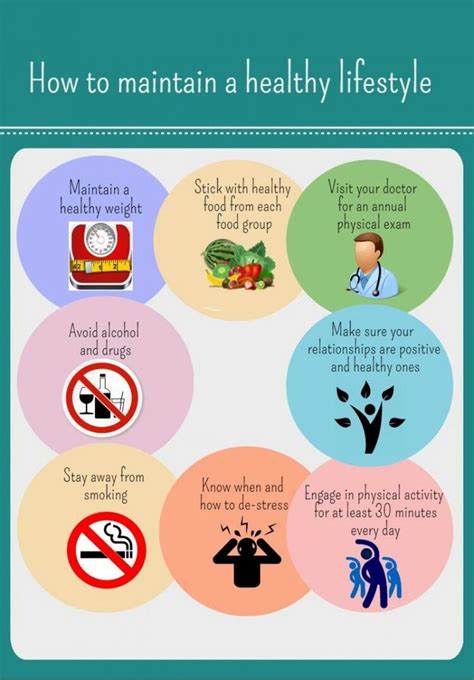
Why This Production Rate Matters for Health
The daily production rate directly correlates with the circulating levels of testosterone, which in turn dictate its impact on the body. Healthy testosterone levels are vital for:
- Maintaining libido and sexual function.
- Building and maintaining muscle mass and strength.
- Promoting bone density and reducing osteoporosis risk.
- Regulating mood and energy levels, preventing fatigue and irritability.
- Supporting red blood cell production.
- Aiding in fat distribution.
When daily production falls significantly below the average range (a condition known as hypogonadism or Low T), men can experience a wide array of symptoms including decreased sex drive, erectile dysfunction, loss of muscle mass, increased body fat, fatigue, mood swings, and even depression. Conversely, abnormally high levels, often due to external factors like steroid use, can also lead to adverse health effects.

Maintaining Healthy Testosterone Levels
While some decline in testosterone is natural with age, men can take proactive steps to support optimal production rates:
- Embrace a Healthy Lifestyle: Prioritize a balanced diet, regular exercise (especially strength training), sufficient sleep, and effective stress management techniques.
- Monitor Your Health: Regular check-ups with a healthcare provider can help identify underlying conditions that might affect hormone production. If symptoms of low testosterone are present, blood tests can confirm levels.
- Avoid Harmful Substances: Excessive alcohol consumption, drug abuse, and smoking can negatively impact hormone balance.

Conclusion
The average daily testosterone production of 4 to 10 mg in a healthy adult man serves as a critical indicator of male physiological well-being. This rate is not static but rather a dynamic process influenced by a complex interplay of age, lifestyle, and health status. Understanding these factors and proactively managing them empowers men to support their hormonal health, ensuring they can maintain vitality, strength, and overall quality of life throughout their years. Consulting with a medical professional is always recommended for personalized advice and diagnosis regarding testosterone levels.
